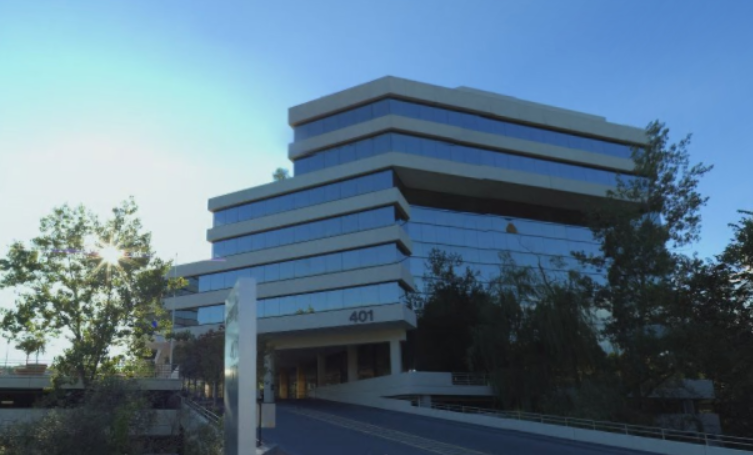In early September 2020, Tesla fell short of what was thought by many to be a done deal: inclusion into the S&P 500 Index. This Index is supposed to reflect the total investable market culture. A reflection on whether or not the market is healthy. Inclusion would help Tesla’s stock boost since investors can see that it is one of the most valuable companies on the market. This index did not include Tesla, the largest automotive maker by market capitalization. Also, by market capital, Tesla is the eighth largest publicly traded company on the market (Elmerraji, 2020), beating companies such as Johnson & Johnson and Proctor & Gamble (Randewich, 2020). Both of which have been included in the S&P 500 for many years.
All in Economics
Automation, From an Economic Point of View
In the next ten years, one out of three American workers (and 800 million globally) are at risk of losing their jobs to new technologies, according to research from McKinsey (Manyika et al., 2019). Automation, the use of largely automatic equipment in a system of manufacturing or other production processes, and Artificial Intelligence, the development of computer systems able to perform tasks that normally require human intelligence, are going to replace millions in the workplace. Many people are freaking out about this; while at the same time, many people are looking forward to it. Should we be worried about automation or should we be happy? That depends. When discussing automation it is crucial to understand that (i) we don’t want jobs, (ii) it will bring about massive economic disparity, and (iii) we must approach this future in an intelligent manner.
THE COVID-19 VACCINE: Does it Come with 2 Day Free Shipping?
Coronavirus has uprooted life for most people and penetrated into every aspect of our lives. New working from home policies, virtual learning, mask mandates, politics, and communication are focused on the raging pandemic. Current data suggests that the worldwide death toll has surpassed 1.34 million deaths, with 254,000 of those being within the US alone [1]. However, there has been hope on the horizon. Pfizer and Moderna have made incredible strides, creating a vaccine that is 95% and 94.5% effective at treating the Coronavirus. While the fact that a vaccine has been discovered is amazing, there is still a huge issue: distribution. With the spread of Coronavirus, the world's optimized supply chain network took significant damage. Now, it is this same crippled system that will be placed in charge of distributing the cure to the Coronavirus. This article intends to highlight the current issues with the distribution network and potential issues to resolve before the vaccine distribution.









